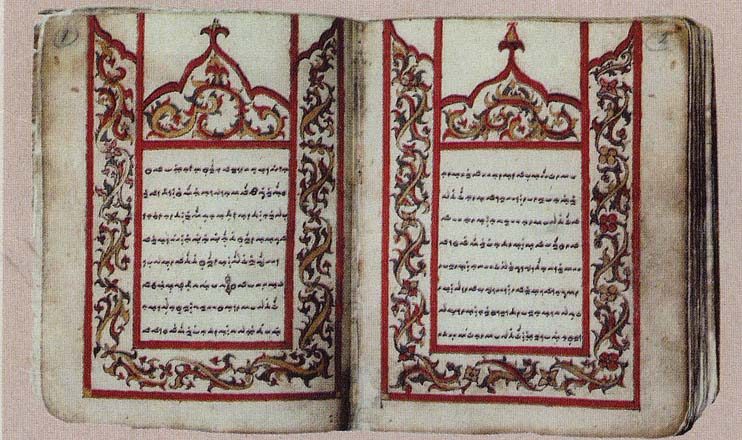In a mythic world where gods and mortals once walked side by side, a baby’s birth was rejected by his own mother, We Cudai, for carrying the bloodline of the cursed prince, Sawerigading. Praying for the child’s safety, Sawerigading disguised himself as a deity and touched We Cudai’s womb.
After giving birth, We Cudai placed the infant in a broken clay pot covered with lotus leaves and cast it adrift on a river. The baby, named La Galigo, would later grow into a courageous young man and, unknowingly, defeat his father in a cockfight — the fateful event that reunited him with both parents.
La Galigo: Southeast Asia’s Timeless Epic
Behind this cinematic masterpiece lies Sureq Galigo, an ancient Bugis epic poem considered one of the longest literary works in the world, surpassing both the Mahabharata and the Iliad in length. It tells of the origin of the cosmos, the sacred balance between heaven, earth, and sea, and the complex relationships between gods and mortals.
While La Galigo is not a historical record due to its strong mythological elements, many scholars recognize its influence in understanding the Bugis civilization, particularly before the arrival of Islam in South Sulawesi. The original manuscripts are part of the Bugis-Makassar collection at Leiden University Library in the Netherlands.
According to Prof. Dr. Nurhayati Rahman, digital copies of the 12-volume I La Galigo manuscripts, written in Lontarak script, were successfully brought back to Indonesia through the efforts of former Vice President Jusuf Kalla and the I La Galigo Foundation led by Tanri Abeng.
The books’ first and second volumes were published in 1995 and 2000, followed by a third in 2017, alongside the launch of the official La Galigo website at Hasanuddin University, Makassar. "These aren’t just stories; they’re the soul maps of our people." She said.

From Stage to Film: A Global Cultural Journey
The stage adaptation of I La Galigo was directed by renowned American theater artist Robert Wilson. Premiering in 2003 at Singapore’s Esplanade Theatre, the production toured major cities like New York, Paris, Amsterdam, and Jakarta.
Wilson’s interpretation combined traditional Bugis paduppa dances, indigenous South Sulawesi music, and costumes crafted by local artisans. The story’s rich symbolism and visual grandeur captured international attention, breaking cultural barriers.
This epic was later adapted into a film version, documenting the stage performance during its run at Barcelona’s Mercat de les Flors in 2005. In 2006, the film was screened at Cannes’ Cinéma de la Plage, introducing the mythical world of Bugis folklore to European audiences. “We didn’t adapt Galigo, we channeled it.” He said.
Why This Film Perfectly Represents Southeast Asian Heritage
What makes I La Galigo exceptional is its ability to intertwine mythology, performing arts, music, and ancestral wisdom in a single, compelling presentation. Themes such as harmony with nature, human connection, and the sacredness of balance are deeply embedded in every scene.
Through I La Galigo, Southeast Asian culture does not merely stand as a local heritage but asserts its voice confidently on the world stage. This film proves that traditional narratives can resonate powerfully with modern audiences without losing their identity



















